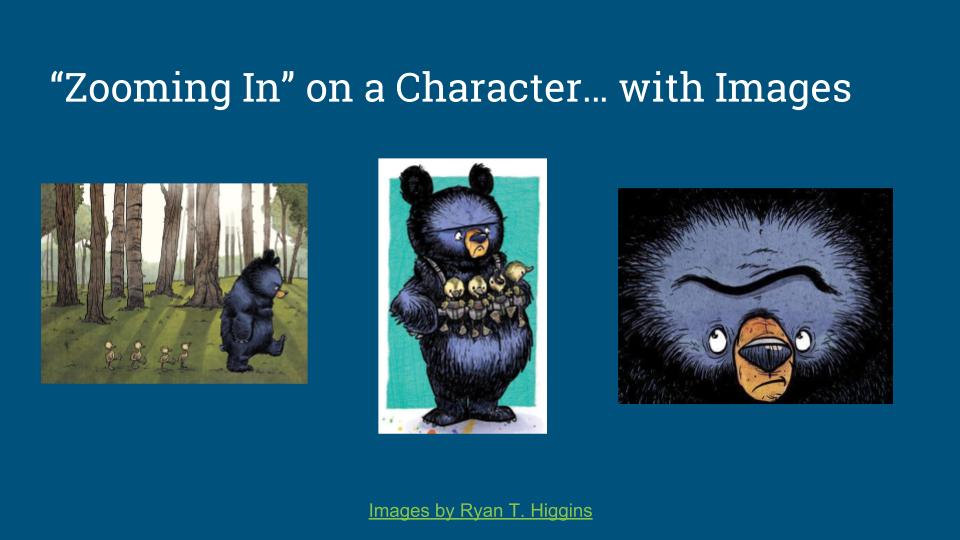This morning, I am honored to facilitate a two-hour workshop at the New York State Reading Association’s annual conference, “Creating Your Digital Writing Workshop,” as well as a one-hour session, “Research Writing Rewired: Examining Multimedia Non-Fiction as a Mentor Text.”
Creating Your Digital Writing Workshop
“Guiding Student Writers as They Work with Digital Tools” post on Middle Web
GDoc Handout (Force Copy)
During the first session, we will be delving into a number of digital writing tools such as blogs, digital stories, and infographics that can contribute to what you are already doing in your writing instruction as well as appeal to a new generation of students. In this interactive session, we will explore how new ways of thinking about well-established practices in the writing workshop—student choice and inquiry, conferring on writing, examining author’s craft, publishing writing, and broadening our understandings of assessment—can be updated for the digital age. Tools might include:
- Zotero and Zbib (Free)
- Thinglink (Freemium)
- Twine (Open Source)
- Adobe Spark (Freemium)
- Screecastify (Freemium)
- Awesome Screenshot (Freemium)
- Audacity (Open Source)
- Canva (Freemium)
- Knight Lab’s Tools (Free):
- Infographics (Freemium)
- Voyant Tools (Free)
Research Writing Rewired: Examining Multimedia Non-Fiction as a Mentor Text
[googleapps domain=”docs” dir=”presentation/d/e/2PACX-1vRSr1wkHBCv5Ocpne95ZnVzQvGSYNR46czO33FcW22Yo78cpWtwT9YL1m037wmzyTJoP9iMAznTkWd7/embed” query=”start=false&loop=false&delayms=3000″ width=”480″ height=”299″ /]
GDoc Handout (Force Copy)
In the second session, we will explore how, in our networked world, the research writing process that we once learned has become obsolete. 3×5 cards and outlines are giving way to bibliographic management tools and mind mapping software. Moreover, students are now able to engage in the research process by reading and evaluating the work of others while simultaneously using the technology in their pockets to do their own primary research. By exploring a Pulitzer Prize winning multimedia piece from the New York Times — “Snow Fall: The Avalanche at Tunnel Creek” — we will think critically and creatively about how students can combine media to create an informative, engaging work of non-fiction using tools such as Adobe Spark.
Also, we will draw from resources from my co-authored Corwin Literacy book, Research Writing Rewired, and the book’s companion site.
Photo by Lilly Rum on Unsplash

This work is licensed under a Creative Commons Attribution-NonCommercial-ShareAlike 4.0 International License.

 Please enjoy my most recent post, “From Wonder to Writing: Invite Students Into Inquiry Through Online Articles” on
Please enjoy my most recent post, “From Wonder to Writing: Invite Students Into Inquiry Through Online Articles” on 







